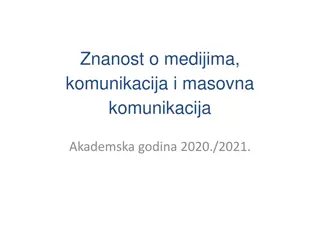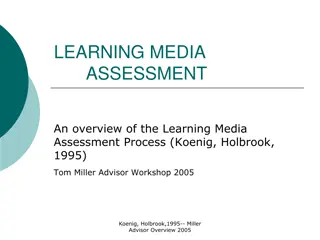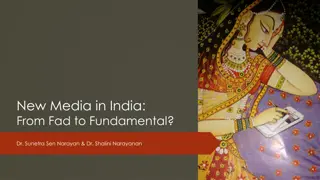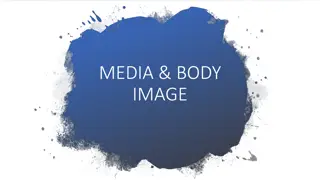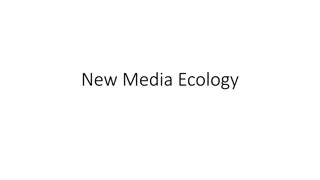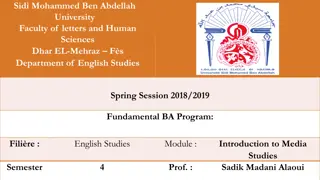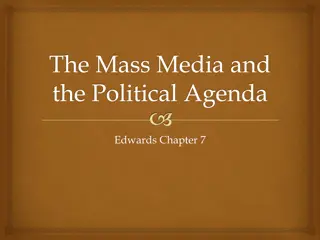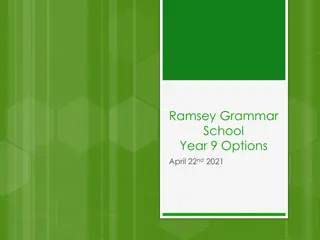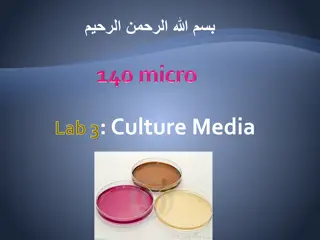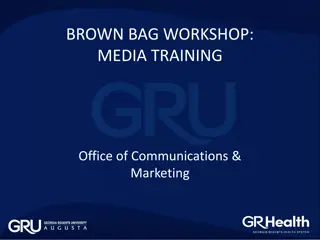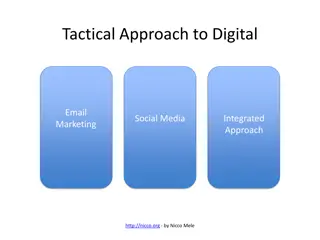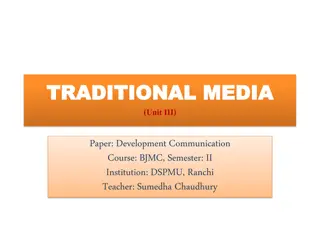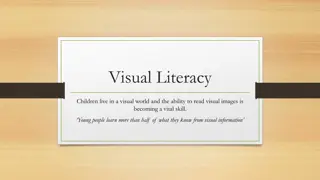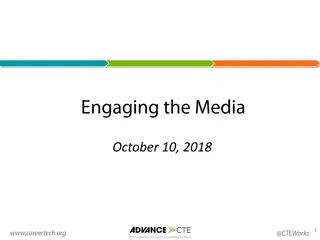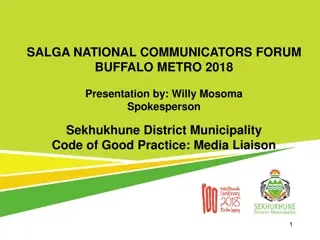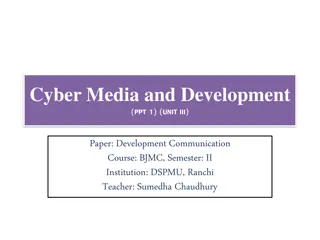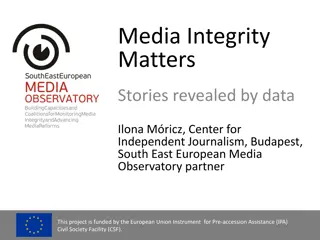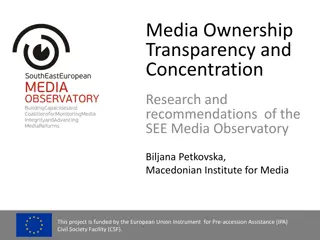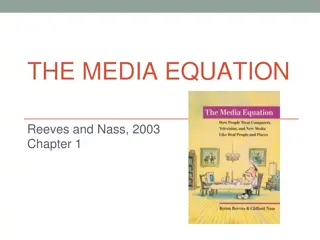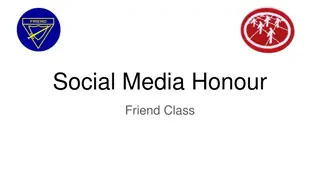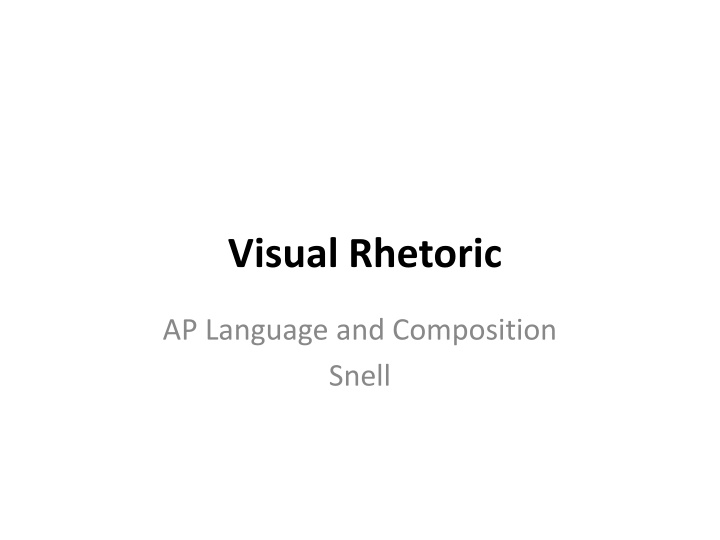
Analyzing Visual Rhetoric: Techniques and Examples
Explore the concepts of visual rhetoric and visual literacy, learn how to analyze artwork effectively, use SOAPS-Tone method to dissect visual media, and delve into iconic pieces like Andy Warhol's Campbell's Soup Can and more.
Download Presentation

Please find below an Image/Link to download the presentation.
The content on the website is provided AS IS for your information and personal use only. It may not be sold, licensed, or shared on other websites without obtaining consent from the author. If you encounter any issues during the download, it is possible that the publisher has removed the file from their server.
You are allowed to download the files provided on this website for personal or commercial use, subject to the condition that they are used lawfully. All files are the property of their respective owners.
The content on the website is provided AS IS for your information and personal use only. It may not be sold, licensed, or shared on other websites without obtaining consent from the author.
E N D
Presentation Transcript
Visual Rhetoric AP Language and Composition Snell
Overview: What are Visual Rhetoric and Visual Literacy? The simplest definition for visual rhetoric is how/why visual images communicate meaning. not just about superior design and aesthetics but about how culture and meaning are reflected, communicated, and altered by images. involves all the processes of knowing and responding to a visual image, as well as all the thought that might go into constructing or manipulating an image.
Various questions you can ask when analyzing artwork in order to construct an academic argument in your essay 1. What do you notice? Use the elements & principles to describe what you see. NOTE: you are not being asked to judge the work, only to explain what you see in the work. 2. What does the work remind you of? Explain any stories, poems, memories, lyrics, etc. that come to mind when studying the work. 3. What emotions do you feel as you engage with this work? 4. What questions does the piece raise for you? What do you want to know? 5. Speculate on the meaning, or the intent, of the artist. What do you think the artist was trying to convey? What was their message or purpose in creating this piece? List evidence seen in the work that supports your statement.
Use SOAPS-Tone to Analyze Visual Media Speaker (the main persona in the image) Occasion (historically speaking) Audience (primary/intended and secondary) Purpose Subject (what is going on in the image) Tone
Campbells Soup Can (1962) Andy Warhol
Kent State Massacre (1970) John Paul Filo
American Gothic (1930) Grant Wood American
Tiananmen Square Tank Man (1989) Jeff Widener
Afghan Girl (1985) Steve McCurry: National Geographic
Liberty Leading the People (France, July 1830) Eug ne Delacroix
Migrant Mother (1936) Dorthea Lange
Old Man Praying (Minnesota 1918) Augsburg Furtness
Rosie the Riveter (1943) J. Howard Miller / Norman Rockwell
Little Rock 9: Melba Beals (1957) Chuck Christman
Naplam Girl (1972) Nick Ut (AP-Pulitzer Prize)
Vietnam Execution (1968) Eddie Adams (AP)
Guernica (1937) Pablo Picasso


